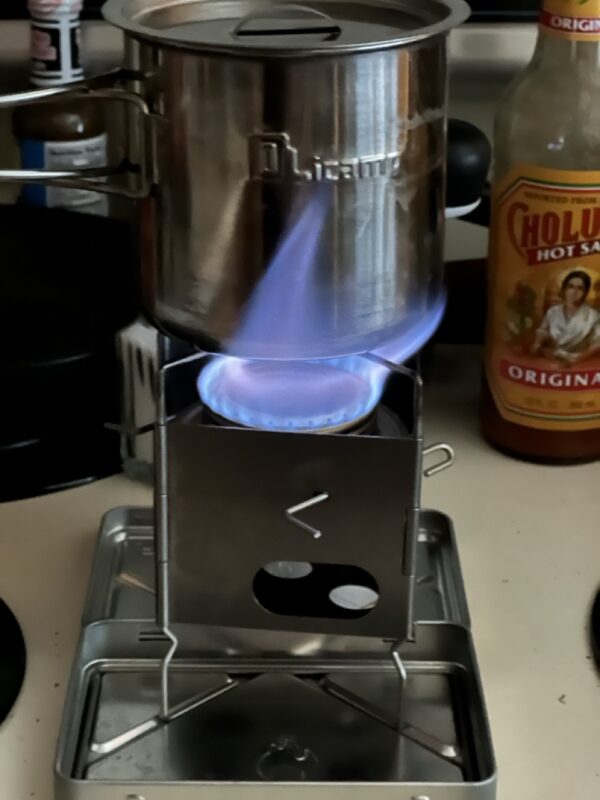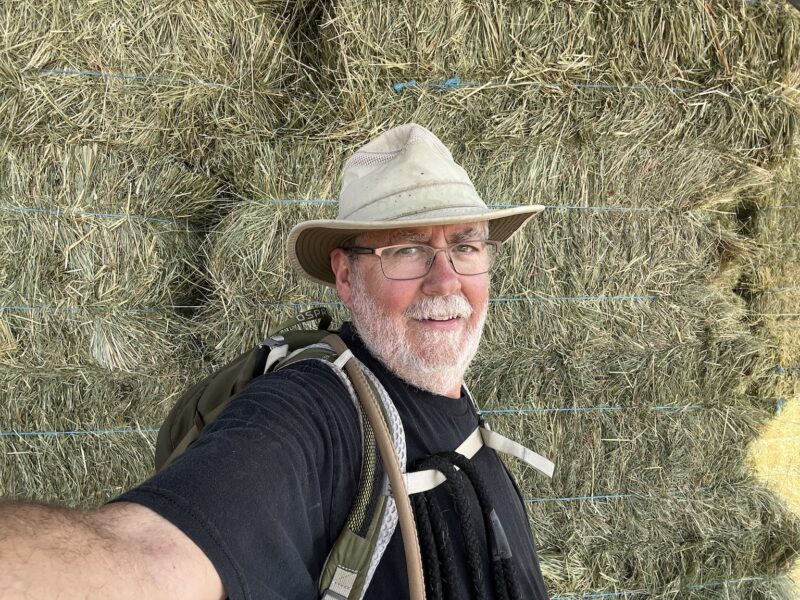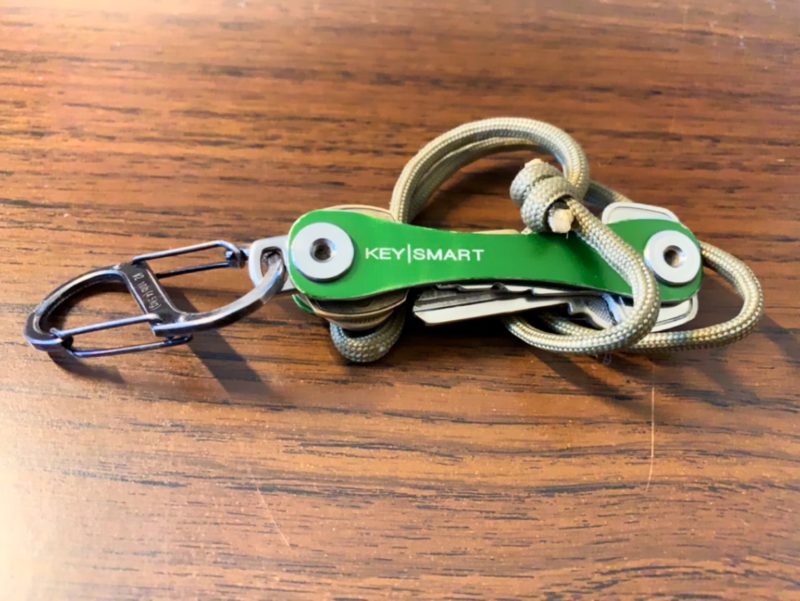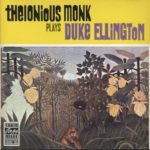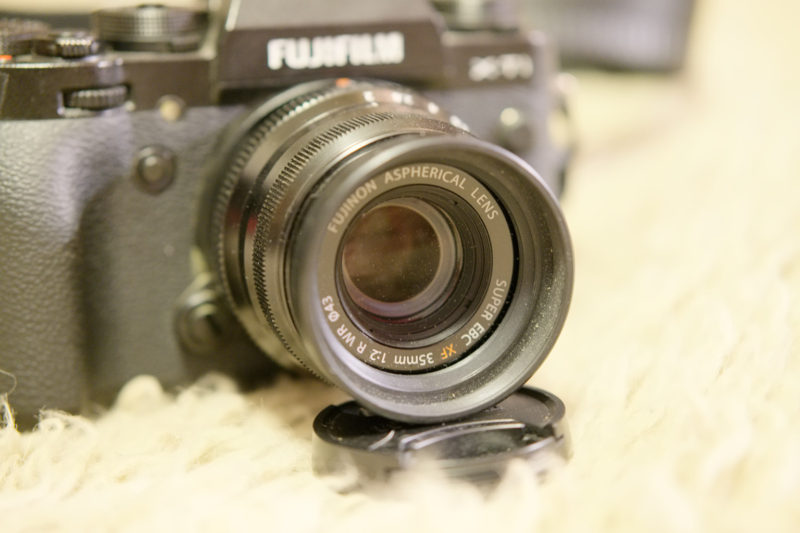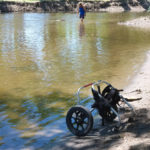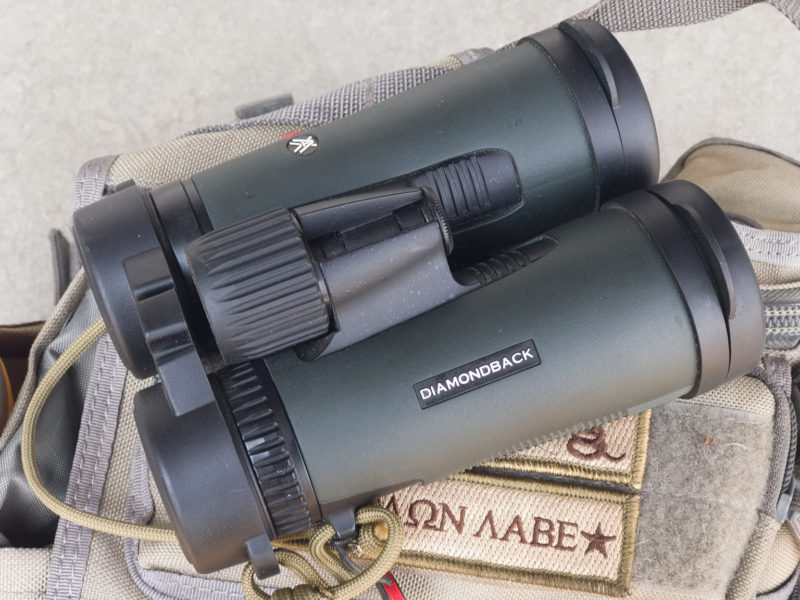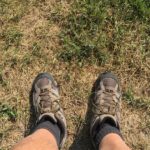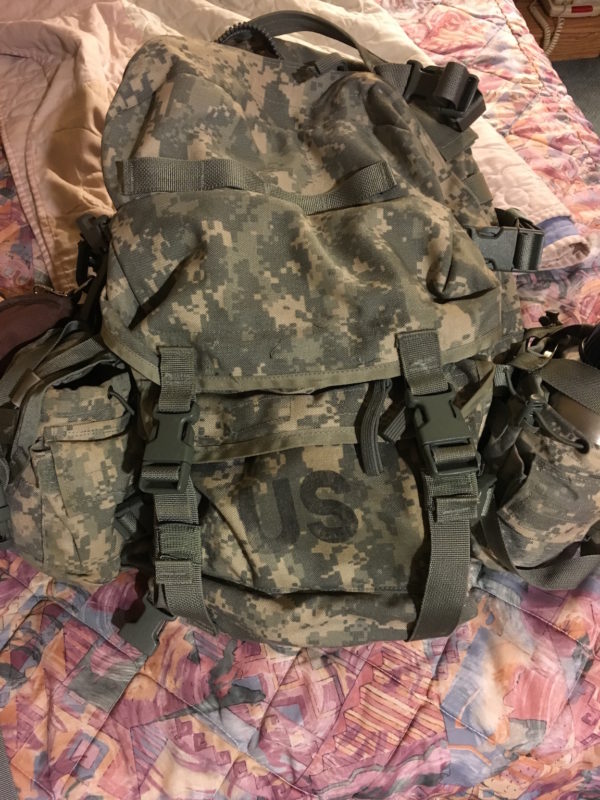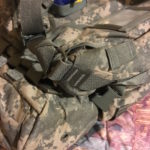
I am still adjusting my new workspace. I did a bit of work on it this morning, while working through my coffee and getting started on my day. I am struggling to wait to work on the PC side because I need to get ready for Field Day and field work (next week).
Nonetheless, a new-to-me Carl Zeiss Jena 35mm f/2.4 Flektogon arrived in the morning mail. I retrieved it from the mailbox on the way out to hike, but did not open it until we returned, I finished the day’s activities, and rested after my hike. I decided to shoot a few images of Sera to see how it performs.
It will take more repetitions with the lens to get it. That is OK. The process is good for me. I have not worked with my post-processing tools enough and I have a lot of glass that will keep me busy for weeks, if not months.
Change of subject: It is so good to have my MBP back in the workroom and connected to my speakers. I listened to a few old favorites this morning while having coffee. Some of them are so poignant and take me back to when Wife and I so enjoyed exploring new music together.
In particular, I have To The Bride playing as I write. It was compiled in the mid-70s when Barry McGuire, The Second Chapter of Acts, and A Band Called David toured together. It was a time at the beginning of what came to be called contemporary Christian music and much of it sounds like worship music that is now common in the church.
Wife and I saw McGuire not long after this record was produced. He came through Kansas City while we lived there. I so loved hearing him sing and play and tell his stories. He was a true minister of God and I learned much from him.
I so loved Wife at the time and sharing those experiences was so good that I do not have words for it. My heart swells as I think on it and a tear comes to my eye. She is still truly, deeply missed.
But, life goes on. It is different, but still good. I am grateful for all the years we had together. I am grateful.
